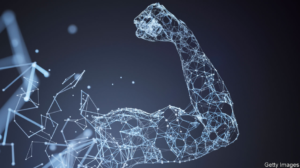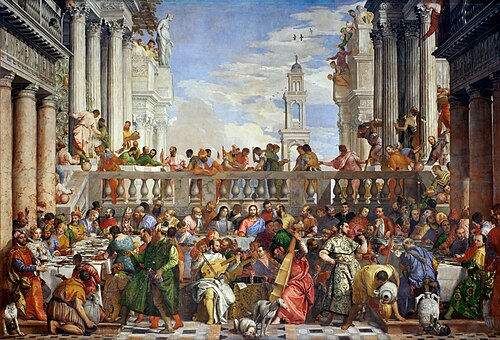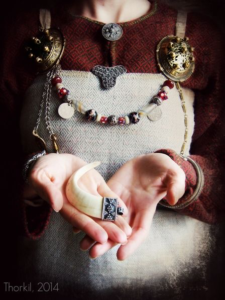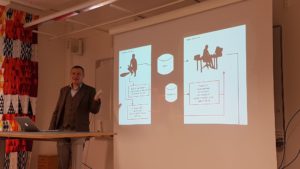Humanities is a collective noun that refers to the disciplines that study aspects of human society and culture. The word itself derives from the Latin word humanitas, which literally means human nature, civilization, and kindness, thus corresponding to the two fundamental Greek concepts of an ancient, unwritten code of conduct: philanthropia (the love for all things human) and paideia (education). Humanities methods aim at capturing and explaining all things human: they may vary from speculative to critical, involving historical analysis or even empirical approaches. Being critical to acts and ideas, and striving for diversity, equality, and inclusion is, ideally, at the core of knowledge production in the humanities.
A fictitious quote humorously epitomises the purpose of humanistic study: ‘If science can help clone a dinosaur, and the social sciences may examine qualitatively and/or quantitively the socio-technical particulars of the process, humanities research will instead problematise whether or not cloning a dinosaur is a good idea – ideally taking into account a number of perspectives!’. The gist of this comic dictum is that, beyond the strict confines of academic disciplines, humanities research offers a critical point of view, thus aiming at ameliorating human life. While science helps us understand how our world works, humanities empowers us to improve it.
In 2019, and increasingly so, much of what we humans do is mobile, networked and mediated by digital technology. The term digital humanities is more recently established to refer to the study of human society and culture in the digital age. Digital humanities as a lens of inquiry, focuses on how we create and share knowledge with digital methods and tools.
The newly established MA programme at Uppsala University aims precisely at advancing our understanding of human contexts in the digital age. The long history of artefacts and archives at Uppsala University, the oldest higher education institution in Scandinavia (established in 1477) grants us with exciting and challenging materials to draw upon. As the MA programme is administered at the Department for Libraries, Museums, and Archives, in collaboration with Archaeology and Art History and DH Uppsala, prospective students are encouraged to engage with the complexity of digital tools and their implementation for museums, libraries, and archives. These organisations are currently hotly preoccupied with digitization particulars, trying to battle issues that arise with time and the environment, for example, shrinking space and material decay.
The Digital Humanities Master’s programme is closely collaborating with us, DH Uppsala, an infrastructure intended to enhance and to make visible already existing world-class digital humanities research at Uppsala University. Our role in the MA course as DH Uppsala is to provide students with a deep understanding of digital methods and tools, and theories that are currently trending in the humanities. Students will be able to scope, build and critique practical experiments in digital research with an arts, humanities and cultural sector focus.
For the forthcoming MA programme in digital humanities, DH Uppsala aims at developing and enhancing the ‘modelling’ of human culture using IT for facilitating and inspiring new ways of working with human records. Our purpose is to make prospective students acquainted with digital literacies such as visualization platforms and practices for example, but also to discuss in depth the ‘openness’ that the internet encourages – open access, open data – and examine how that may influence knowledge economy.
Last, but certainly not least, DH Uppsala’s mission as an infrastructure across Uppsala University, is to help create a dynamic milieu of a new order of humanists that are aware of the global transformation that occurs within our fast-pacing digital information society. Through our seminar series, workshops and tech fikas (= a Swedish word for a coffee break), we aim at bringing world-leading humanities research on the table (see our calendar for more info). Moving across and beyond disciplines is a key concept here; equipping students with the skills necessary to correspond to a world that is evolving constantly beyond the strict confines of a single discipline is our main focus. Universities and units are currently turning into living labs for learning, connecting, researching, building, and testing ideas between students, staff, industry, and scholars. Within our locale, Verkstaden we aim to study together with our forthcoming students precisely how knowledge production is achieved and disseminated with digital technology.
Anna Foka
Project leader of DH Uppsala




 Today the Department of ALM got visited by Bodil Axelsson, associate professor at Linköping University at the Department for Studies of Social Change and Culture. She presented her ongoing research project
Today the Department of ALM got visited by Bodil Axelsson, associate professor at Linköping University at the Department for Studies of Social Change and Culture. She presented her ongoing research project 



